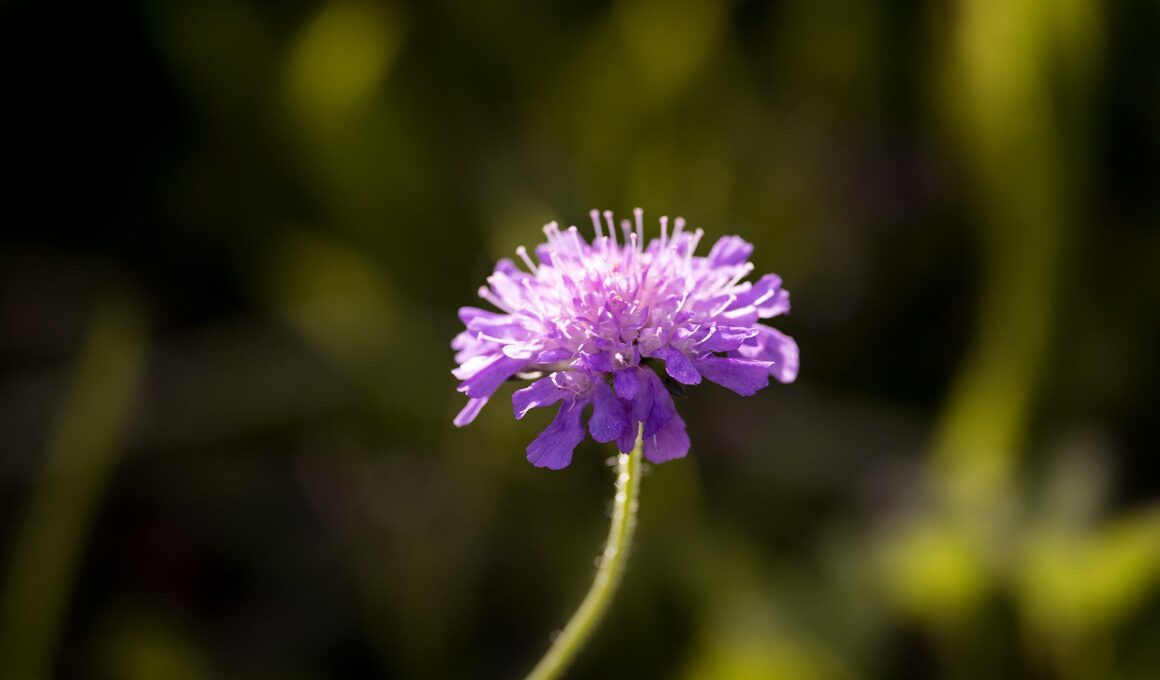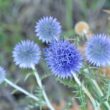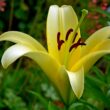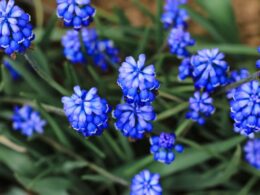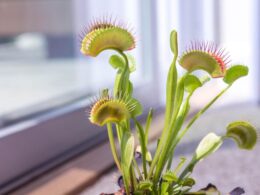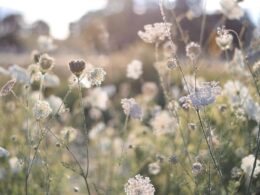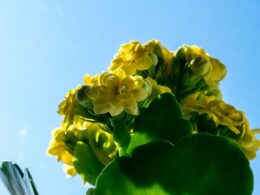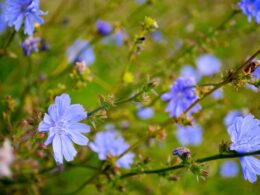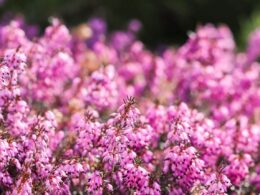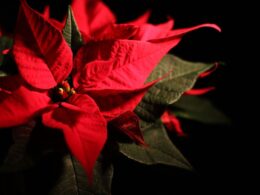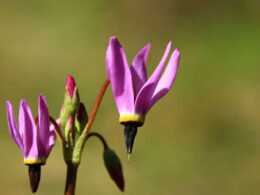Scabiosa flower is relatively easy to care for and makes excellent cut flowers. Keep reading to learn more about how to grow and care for your own scabiosa plants.
Scabiosa Flower: History, Morphology, Interesting Facts
The scabiosa flower has been around for centuries. It is native to Europe and Asia, and has been cultivated in many other parts of the world. The common name “scabiosa” comes from the Latin word “scabies”, which means “itch”. This is due to the fact that the scabiosa was once used to treat scabies, a skin condition caused by mites.
The scabiosa is a member of the Caprifoliaceae family (genus Scabiosa), which also includes such plants as honeysuckle, valerian, and elderberry. The scabiosa is a perennial plant, meaning it will come back year after year (there are types, though, which are annual). It typically grows to be about two feet tall, with a woody base and herbaceous stems. The leaves of the scabiosa are opposite, simple, and lanceolate. Their foliage is dark green in color and have a toothed margin.
The flowers of the scabiosa are what make it such a popular plant. They are borne on erect, terminal racemes. Each flower has multiple petals that are fused at the base to form a tube. The color of the scabiosa flower can vary, but it is most commonly seen in shades of pink and blue. The flowers are typically about two inches in diameter.
If you are looking for a plant that will add color and beauty to your garden, the scabiosa is a great choice. It is also a good plant to attract bees and other pollinators to your garden.
Scabiosa Flower: Types
There are many different types of scabiosa flowers, each with its own unique appearance. The most common type is the Scabiosa caucasica, which has large, showy flowers that range in color from white to pink. Other popular types include the Scabiosa atropurpurea, which has dark purple flowers, and the Scabiosa columbaria (also called the scabiosa butterfly blue), which has small, delicate white flowers. Scabiosa plants can be annuals or perennials, depending on the type.
Scabiosa (Pincushion Flower): Growing & Care Guide
Scabiosa flower is a beautiful and unique blooming plant that makes a great addition to any garden. Often referred to as the pincushion flower, scabiosa is known for its clusters of small, round flowers that are perfect for adding a pop of color to any landscape.
If you’re looking for a plant that is easy to care for and maintain, the scabiosa flower is a great option. These plants are relatively drought-tolerant and can thrive in a variety of soil types. When it comes to watering, scabiosa should be kept on the drier side to prevent root rot. scabious flowers prefer full sun, but can last in partial shade.
When it comes to planting, scabiosa can be started from seed or transplanted from a nursery. If you’re starting from seed, it’s best to sow the seeds in early spring. Once the seedlings have emerged, thin them out so that they are spaced about 12 inches apart.
If you live in an area with cold winters, it’s important to protect your scabiosa plants. Mulch around the base of the plant to help insulate the roots from the cold. Additionally, you may want to consider covering the plants with a frost blanket if there is a chance of severe weather.
Once your scabiosa plants are established, they will bloom from late spring through early summer. To encourage continuous blooming, deadhead the spent flowers as they begin to fade.
If you’re looking for a low-maintenance plant that will add beauty and interest to your garden, scabiosa is a great option. With its unique flower clusters and easy care requirements, scabiosa is sure to be a favorite in your landscape.
What do you think about a scabiosa flower? It is a perfect choice for first time gardeners. These blooms look perfect in rock gardens and cottage gardens, as well as in floral arrangements. Growing scabiosa is relatively easy, and it’s a great way to attract bees and butterflies to your garden. Thanks for reading!





